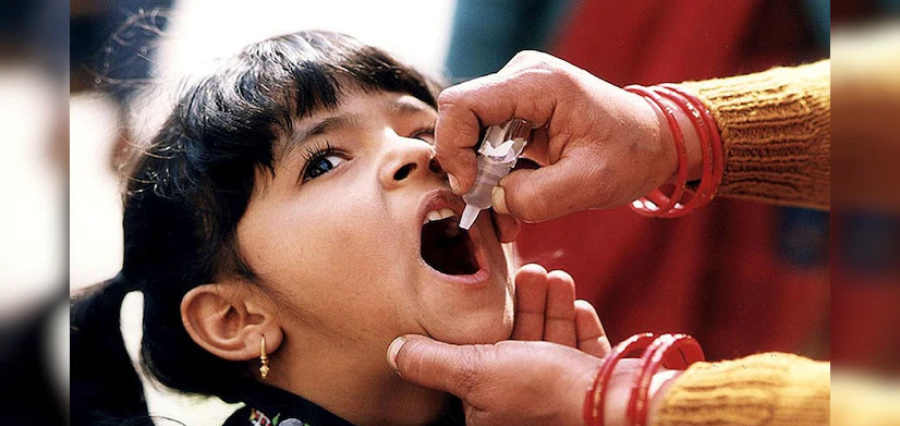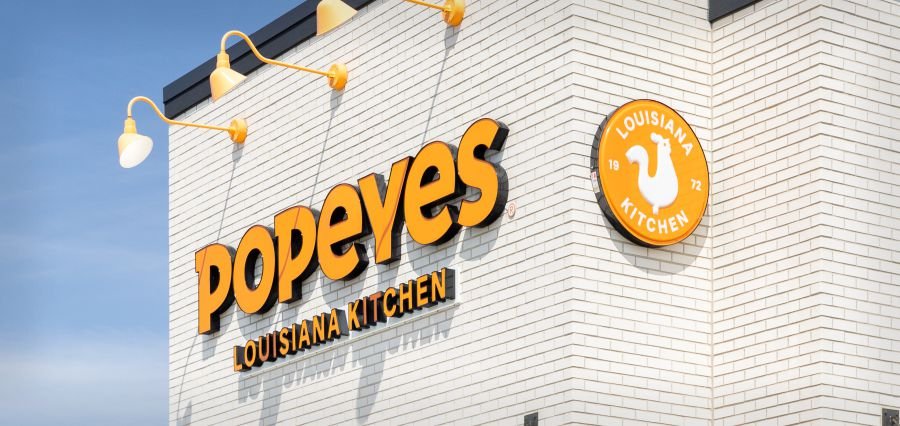Prime Highlights:
- 154 million lives have been calculated to have been saved by vaccines since the past 50 years—six lives a minute.
- 2025 is a value of access to vaccine campaign among the vulnerable and underserved groups.
Key Facts:
- 14.5 million children were not immunized in 2023; 22 million were not administered a first dose of measles vaccine.
- More than 40% of infant survival worldwide has been enhanced by vaccination.
- There is an estimated return of up to $44 in economic benefits for every $1 that is spent on vaccination.
Key Background :
World Immunisation Week 2025, 24-30 April, is celebrated by the World Health Organization on the theme “Immunisation for All is Humanly Possible.” The every-year week-long campaign celebrates the amazing life-saving potential of vaccines and calls all to join together in bridging gaps in access to vaccines—especially in poor and conflict countries.
Since the introduction of the Expanded Programme on Immunization in 1974, vaccines have revolutionized global health. Over the past 50 years, immunization has saved 154 million lives, according to the WHO. That’s six lives per minute saved. The measles vaccine alone has been accountable for saving 60% of these lives, and that is a reason that highlights the importance of keeping routine immunization coverage intact.
Despite this achievement, there remains much to be accomplished. In 2023 alone, 14.5 million children worldwide were left behind on vaccines and over 22 million children were behind on the first dose of the measles vaccine. These statistics starkly remind us of disparities in access to lifesaving health care around the world. The most at-risk, children in remote areas, in conflict areas, and in poor populations will be sure to fall behind lifesaving vaccines.
The COVID-19 pandemic also disrupted immunization schedules across much of the globe, opening existing inequities even further. WHO now calls on governments and health authorities to implement catch-up campaigns and construct health systems that not only deliver vaccines to countries but to those who need them most.
Vaccines are the most cost-saving public health interventions. They save lives, and on top of that, they save healthcare expenses, epidemics, and strengthen economies. WHO tracks and discovers that for every dollar spent on vaccines, there is an estimated $44 economic and social saved.
This year’s effort asks everyone to hop on. People are being urged to stay engaged with their vaccination schedules, break down myths and misinformation, and participate in local immunization campaigns. WHO is hoping together that the dream of universal access to vaccines will be achieved—immunization for all a human possibility.
Read More – Click Here






